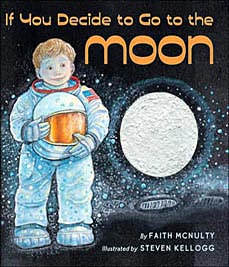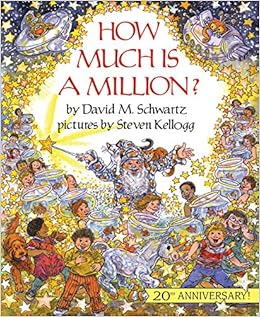Holes
Written by Louis Sachar
Farrar, Straus and Giroux, 1998
Realistic Fiction

Farrar, Straus and Giroux, 1998
Realistic Fiction
This book is about a teenage boy named Stanley Yelnats that gets into a little trouble. This trouble causes him to get sent to juvenile detention center for boys. Stanley believes that his family is cursed and that he is bound for trouble. Throughout his time at the detention center, Stanley learns so many life lessons and information about his family's past. He meets many people along the way that challenge, mentor, and help him out. Check this book out to see if Stanley Yelnats could break his family's curse and get out of the juvenile detention center.
This book is a chapter book and does not have any illustrations. The front cover of the book has an illustration has a picture of holes and shovels in the dirt. This symbolizes the hard work that Stanley has to do at the juvenile detention center. For their punishment, Stanley and his friends have to dig holes in the middle of the desert. The cover of the book foreshadows some of the events that our going to happen in the story. This chapter book is a great book to engage students in discussion, predictions, and inferences.
I would use this book for a 5th grade class in reading. I would allow the class to read this book in small groups, book, clubs, and whole group. I would encourage the students to discuss what it is happening in the book to work on collaboration and comprehension. I would also use this book to incorporate a writing lesson. The students could create an alternate ending to the story, a "Wanted" ad for the characters from Stanley's family past, or a summarizing piece on the story. This would help the students practice using details from the story to support their writing.
This is a great book to engage student's in reading, writing, and collaborating. Check this book out to use in your classroom one day!



